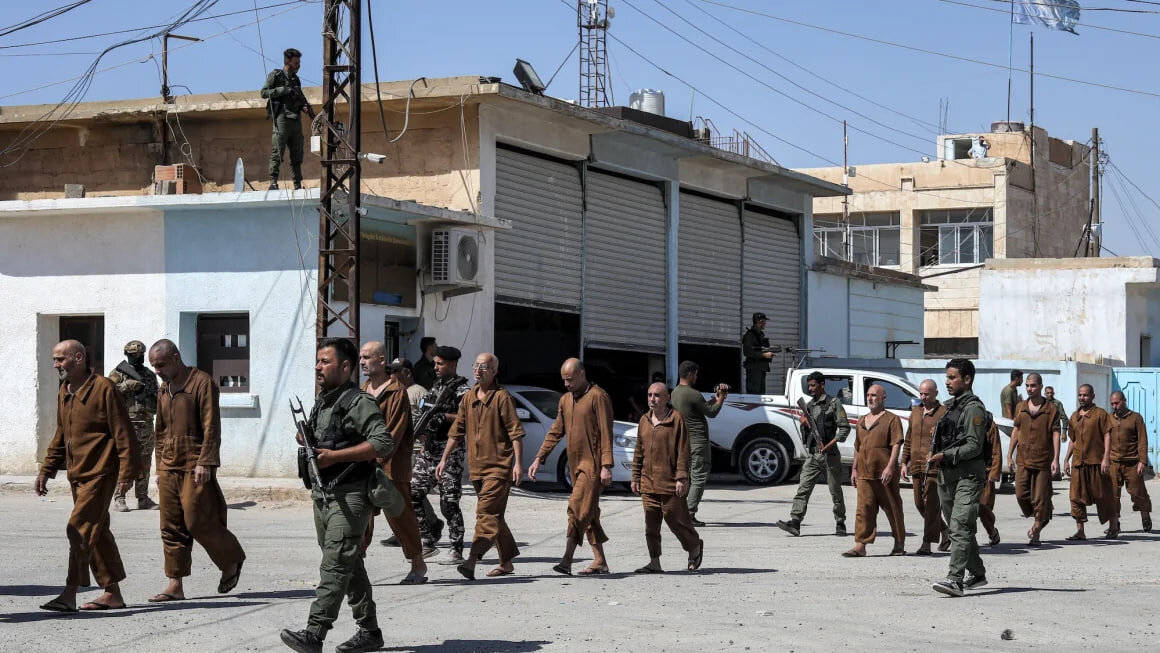ISIS resurgence from possibility to reality

TEHRAN - With the fall of Bashar al-Assad's government in Syria, concerns about the possibility of ISIS resurgence have increased. Some experts believe that ISIS's organizational structure has completely collapsed and is incapable of resurgence, but others believe that the current conditions are ripe for ISIS's revival.
Various aspects of ISIS's possible resurgence are examined:
1- Factors affecting the re-emergence of ISIS:
1-1- Power vacuum: The vacuum resulting from the lack of a strong central government is considered the most important opportunity for the emergence of extremism and the creation of insecurity and chaos.
1-2- Weak state institutions: Due to the specific political and security conditions of post-Assad Syria, the country's administrative institutions are weak and ISIS and other extremist groups can take control of the situation in such
areas.
1-3- Regional instability: Neighboring countries such as Iraq, which are currently fighting the remnants of ISIS, could witness an increase in terrorism and cross-border insurgencies.
1-4- Disillusioned communities: If Syrian internal communities are neglected in the country's power structure after the fall of Bashar al-Assad, they will be vulnerable to ISIS.
1-5- Competition between extremist groups for power: The chaos after the fall of Assad may lead to competition between extremist groups, and from within this competition, ISIS may re-emerge.
2- Obstacles to ISIS resurgence:
2-1- Global counterterrorism efforts: International coalitions have significantly reduced ISIS’s capabilities, and sustained efforts can prevent its resurgence.
2-2- Regional cooperation: Neighboring countries and actors such as the Kurds see their interests in preventing ISIS’s resurgence. Establishing a stable and inclusive order in post-Assad Syria is the most important task for regional and global powers to prevent ISIS’s resurgence.
2-3- Local resistance: Many communities in Syria have been damaged by the ISIS rule and may resist its return.
3- Signs of ISIS resurgence:
3-1- The number of terrorist attacks that ISIS carried out and claimed responsibility for in Syria in the first six months of 2024 more than doubled compared to the same period in 2023. Between January and July 2024, ISIS carried out 153 terrorist attacks in the country.
3-2- According to a CENTCOM statement issued in July, daily monitoring of reported attacks by ISIS in Syria indicates that the actual number of attacks by the group in areas controlled by the US and the US-backed Syrian Democratic Forces was 551 in the first half of 2024.
3-3- ISIS has been slowly and methodically rebuilding itself since 2020 in areas of Syria where the Bashar al-Assad government was unable to deal with the scattered insurgency. A look at the death toll from ISIS terrorist operations in Syria in 2023 shows that 82 people were killed in areas controlled by the Syrian Democratic Forces and 566 in areas controlled by the central government.
3-4- In the past six months, ISIS has increased its logistics, supply chains, and access to secure production, one example of which is the use of improvised explosive devices (IEDs), which it last used in 2019.
3-5- ISIS increased its penetration into urban areas in 2024 and made attacks on strategic locations such as oil and gas facilities and put military checkpoints on its agenda.
3-6- Turkey considers the Syrian Democratic Forces (SDF) to be an extension of the PKK in the country and has designated them as terrorists, and for this reason it wants to destroy them. Given that this group is one of the main opponents of ISIS, they have faced increased attacks from the Syrian National Army (as a Turkish proxy force) and ISIS. If this situation continues, the Kurds will be forced to divide their operational capabilities between the two sides of the conflict, which will lead to their operational weakness and perhaps a resurgence of ISIS in the country.
Leave a Comment